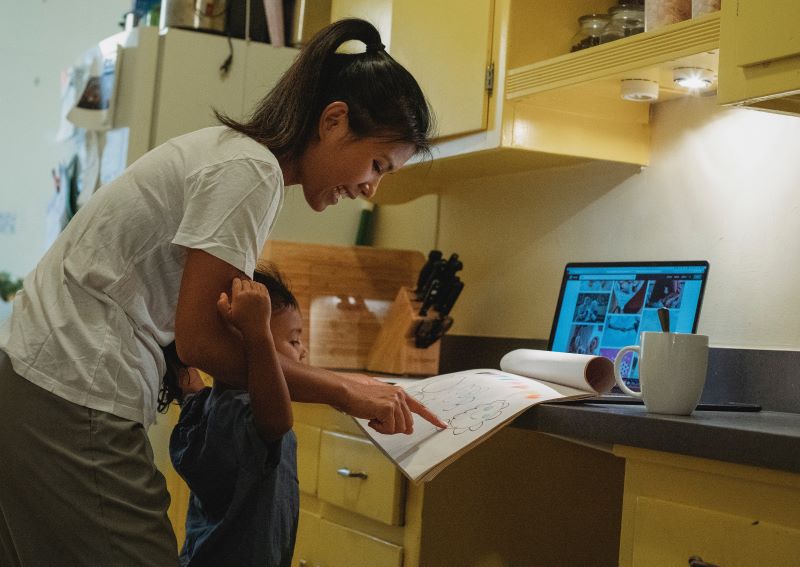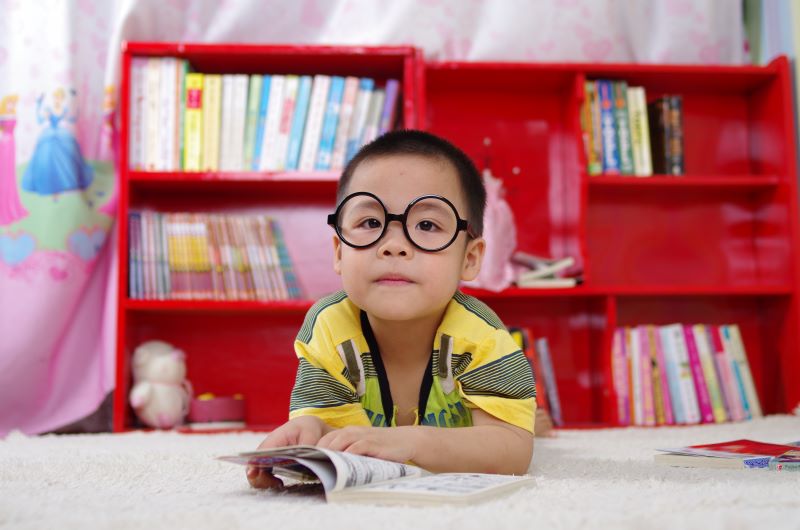Why Singaporean parents value the scaffolding teaching technique so much


Scaffolding is a technique employed mostly by Asian parents to help children learn new ideas beyond what they already know. This unique approach pushes the child to come out of his/her comfort zone, thanks to a nudge by the parent.
Let’s say you gifted your child a box of blocks two months back. He was extremely excited about it at the time. You noticed him getting hooked on to those blocks and trying to create unique structures. However, his attention slowly waned and he looked disengaged.
But when you nudge him, your intervention takes his play to higher levels of learning. This is what scaffolding is all about.
We dig deeper into what is scaffolding in child development and how this uniquely Asian approach to parenting benefits children in more than one way.
ALSO READ: 4 most common learning difficulties in children and how parents can help
Scaffolding has become a key concept in Asian education – both at home and at school. It is a framework that describes an adult's supportive role in a child's learning. It enables a child to solve a problem, carry out a task, or achieve a goal that is just beyond his or her abilities.
The technique involves breaking learning into chunks to make the material or skills easier for the child to understand. For instance, if you were to use scaffolding in a reading assignment, then you might want to talk about some vocabulary words first and then discuss what is happening in the story.
This breaking of the learning structure into chunks will help the child understand and relate better.
Scaffolding, as the name suggests, involves setting up environments and facilitating infants’ and toddlers’ development and learning. Parents who want to use scaffolding at home should look for ways to empower their kids to do things on their own. Allow them to experiment before you intervene.
This plays a crucial role in a child’s intellectual development. Aside from learning critical thinking skills, children also develop an ability to learn independently.
This a technique that many Singaporean parents value most and for the right reasons. They are highly involved in their child’s development and growth – both at home and in school and often nudge children to be more independent.
In fact, the recent trend of smaller families in Singapore has brought about more emphasis on this technique and parents like to pay attention to all aspects of their child’s upbringing and education. But at the same time, they are mindful of allowing children to practice independence.
This type of technique benefits the child in more ways than one and is ideal for a young Singaporean parent.
To make it most effective, here are a few things you can try.
ALSO READ: Free online resources to help kids with self-directed learning at home
Here are a few ways in which you can incorporate scaffolding into your daily life.

Pictures, charts and graphic organisers can all serve as great scaffolding tools. Graphic organisers are very specific in that they help kids visually represent their ideas. It also helps them to organise information and grasp concepts quickly and effectively.
The best way to learn something is by seeing something rather than hearing about it. Implement this strategy to see great results. Always show children the outcome or product before they do anything.

It is important to understand that all learners need time to process new ideas and information. They also need time to articulate their learning with the community of learners who are engaged in the same experience and journey.
It is a known fact that structured discussions work best with children, regardless of their level of maturity.
Now that we have got a fair idea about the concept, let’s look at the origin of the word scaffolding
In 1976, American psychologist Jerome Bruner originally used the word scaffolding. At the time, it was a metaphor for a way to educate a child. The work of Russian psychologist Lev Vygotsky in particular influenced Bruner’s theory of scaffolding. Vygotsky argued we learn best in a social environment, where we construct meaning through interaction with others.
Bruner believed that when children learn new concepts, they need active support from adults. Initially, they depend on this support, but as they become more independent in their thinking and learn new skills and knowledge, the support gradually fades.
Overall, scaffolding in early childhood education is an essential technique that you as an educator or parent need to be familiar with. Remember, when a child is on the right track to completing the task, support should be less specific. Instead, it should be more encouraging.
This article was first published in theAsianparent.